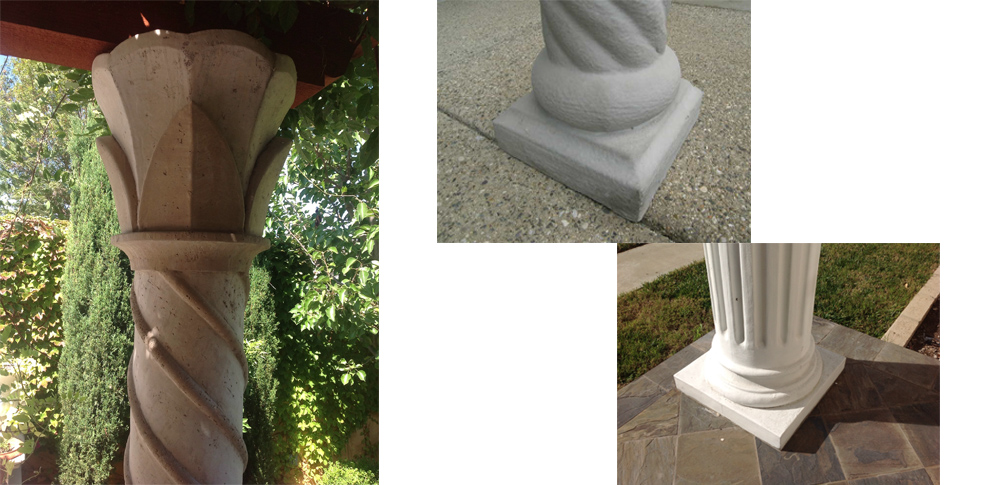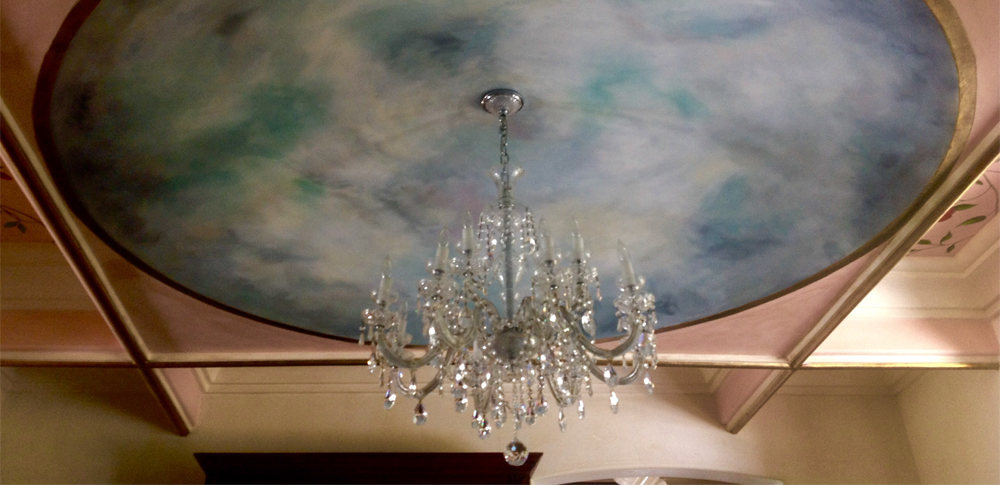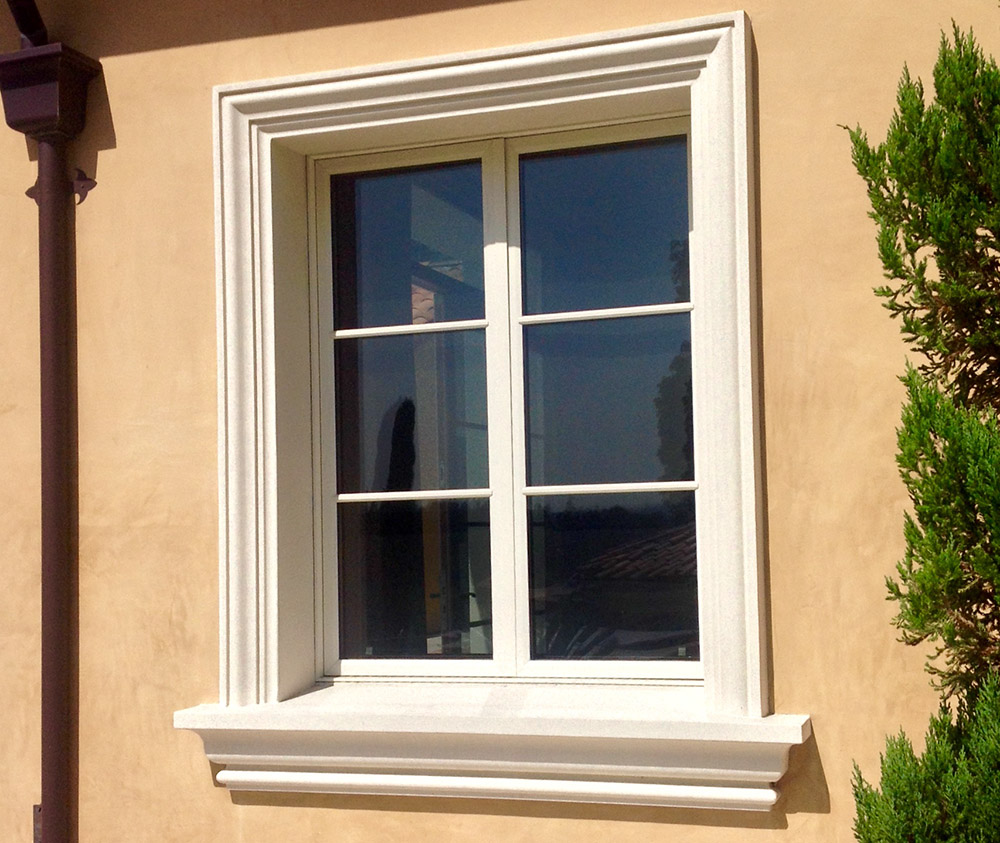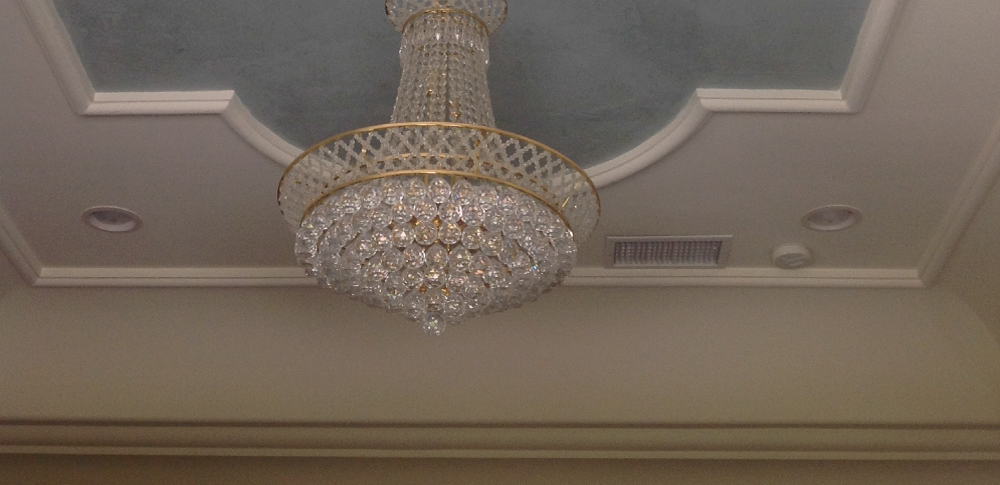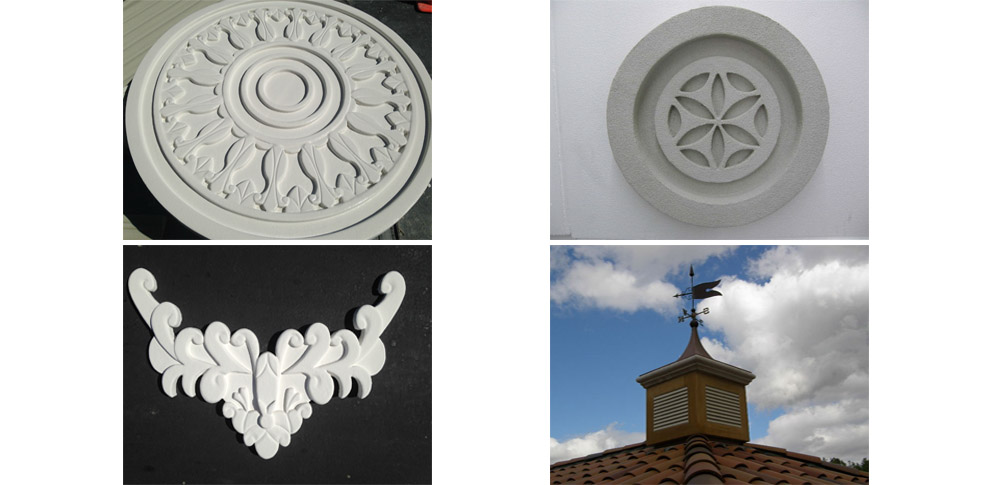Foam columns:
Columns has been essential part of erecting a building for years. Looking at the old architecture of Egyptians, Persians, and Greeks; arches and columns were necessary to span large distances when creating grand buildings. Though structural in function, columns are now viewed as a work of art. We see all kinds of motifs carved into columns to distract from the bulky look. In some cases like cathedrals, the columns has to be enormous to handle the heavy load of the ceiling, but the decoration should enhance the overall grandeur of the project.
In the modern age of architecture, hand chiseled stone or hand carved wood have been replaced with stronger and more practical concrete and steel columns. But, we still need to decorate and enhance the structure with decoration. Foam columns do just that. In today’s construction, we can make foam columns in one or two pieces to go around steel columns or wood post. The advantage, and beauty is limitless. We can replicate any type of column, sleek and modern, fluted, roped and fanciful. We are not only able to make old fashion column design, but also open a door of opportunity to design something that wasn’t possible before.
Foam columns are a lot lighter, and easy to install, and can be made to any height and diameter. Most people think that by using foam column, we expose the liability of damaging at the lower part, but different weights of foam and strength of coatings lend added strength. Like anything else in construction industry: done properly, it can last forever.

